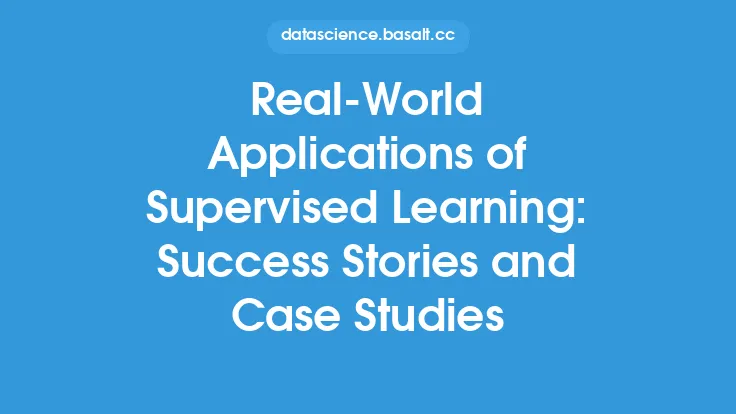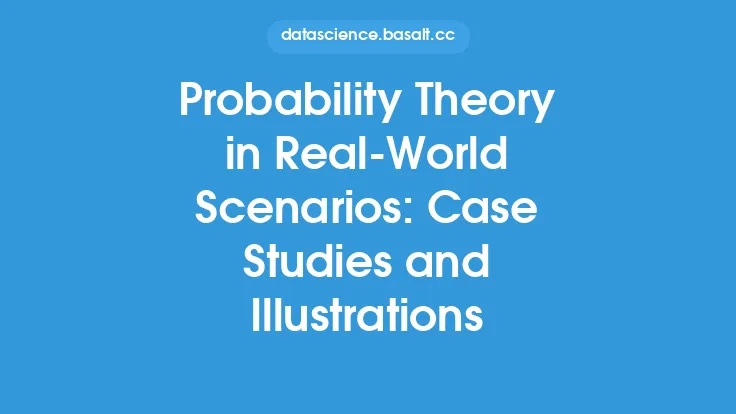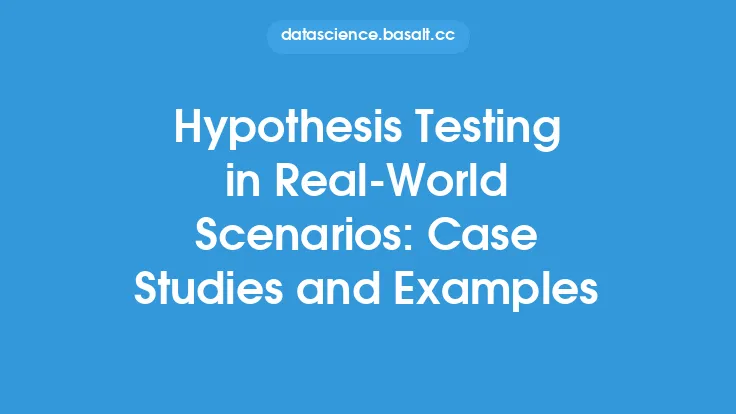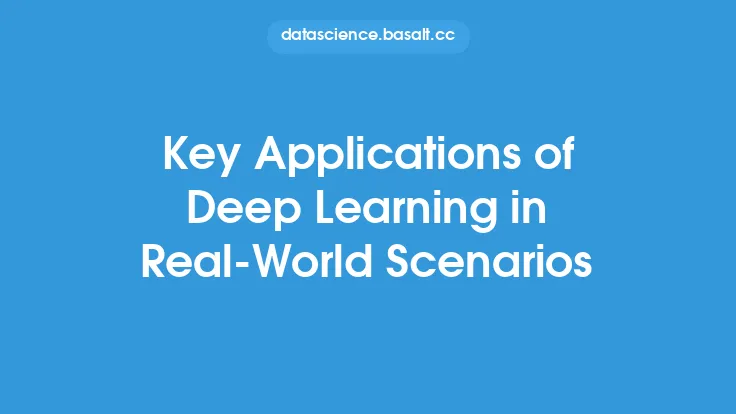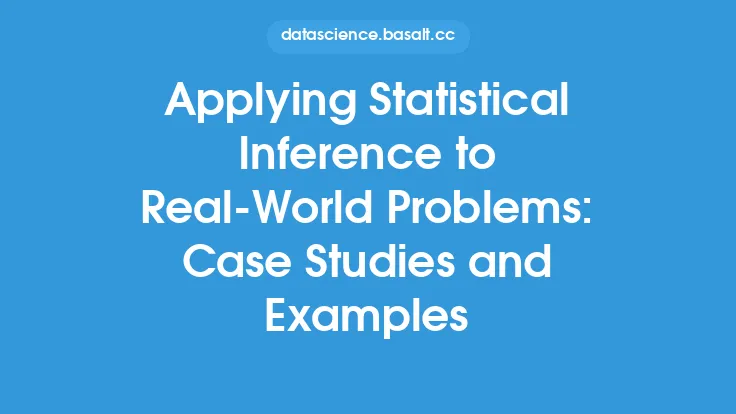The concept of transfer learning has revolutionized the field of machine learning, enabling the development of highly accurate models with reduced training time and data requirements. At its core, transfer learning involves leveraging pre-trained models as a starting point for new, but related tasks. This approach has been instrumental in achieving state-of-the-art results in various applications, including computer vision, natural language processing, and speech recognition. In this article, we will delve into the role of transfer learning in real-world applications, highlighting success stories and case studies that demonstrate its effectiveness.
Introduction to Transfer Learning in Real-World Applications
Transfer learning has been widely adopted in various industries, including healthcare, finance, and technology. The key advantage of transfer learning is its ability to adapt pre-trained models to new tasks, reducing the need for large amounts of labeled training data. This is particularly useful in applications where data is scarce or difficult to obtain. For instance, in medical imaging, transfer learning can be used to develop models for disease diagnosis, leveraging pre-trained models trained on large datasets of images. Similarly, in natural language processing, transfer learning can be used to develop models for text classification, sentiment analysis, and language translation.
Success Stories in Computer Vision
Computer vision is one of the most significant applications of transfer learning. Pre-trained models such as VGG16, ResNet50, and InceptionV3 have been widely used as a starting point for various computer vision tasks, including image classification, object detection, and segmentation. For example, the ImageNet Large Scale Visual Recognition Challenge (ILSVRC) has been won by models that utilize transfer learning, demonstrating the effectiveness of this approach. Additionally, transfer learning has been used in self-driving cars, where pre-trained models are fine-tuned for tasks such as lane detection, pedestrian detection, and traffic signal recognition.
Case Studies in Natural Language Processing
Natural language processing (NLP) is another area where transfer learning has been highly successful. Pre-trained language models such as BERT, RoBERTa, and XLNet have achieved state-of-the-art results in various NLP tasks, including text classification, sentiment analysis, and question answering. For instance, BERT has been used to develop models for sentiment analysis, achieving an accuracy of 95% on the Stanford Sentiment Treebank dataset. Similarly, RoBERTa has been used to develop models for question answering, achieving a score of 90% on the SQuAD dataset.
Applications in Speech Recognition
Transfer learning has also been applied to speech recognition, where pre-trained models are fine-tuned for tasks such as speech-to-text and voice recognition. For example, the Kaldi speech recognition toolkit utilizes transfer learning to develop models for speech recognition, achieving a word error rate of 5% on the LibriSpeech dataset. Additionally, transfer learning has been used in voice assistants such as Alexa and Google Assistant, where pre-trained models are fine-tuned for tasks such as intent recognition and slot filling.
Transfer Learning in Healthcare
Transfer learning has been widely adopted in healthcare, particularly in medical imaging and clinical text analysis. For instance, pre-trained models such as U-Net and ResNet50 have been used to develop models for disease diagnosis, including tumor detection and segmentation. Additionally, transfer learning has been used in clinical text analysis, where pre-trained models are fine-tuned for tasks such as disease diagnosis and medication extraction.
Challenges and Limitations
While transfer learning has been highly successful in various applications, there are several challenges and limitations that need to be addressed. One of the major challenges is the need for large amounts of labeled training data, which can be difficult to obtain in certain applications. Additionally, transfer learning can suffer from the problem of overfitting, where the pre-trained model is too complex and prone to overfitting the new task. Furthermore, transfer learning can also suffer from the problem of domain shift, where the pre-trained model is trained on a different dataset or distribution than the new task.
Future Directions
Despite the challenges and limitations, transfer learning remains a highly promising approach for developing accurate models with reduced training time and data requirements. Future research directions include the development of more efficient transfer learning algorithms, the use of transfer learning in multimodal applications, and the development of transfer learning frameworks for edge devices. Additionally, there is a need for more research on the theoretical foundations of transfer learning, including the development of new metrics and evaluation protocols.
Conclusion
Transfer learning has revolutionized the field of machine learning, enabling the development of highly accurate models with reduced training time and data requirements. The success stories and case studies highlighted in this article demonstrate the effectiveness of transfer learning in various applications, including computer vision, natural language processing, and speech recognition. While there are challenges and limitations that need to be addressed, transfer learning remains a highly promising approach for developing accurate models in a wide range of applications. As the field continues to evolve, we can expect to see even more innovative applications of transfer learning in the future.
